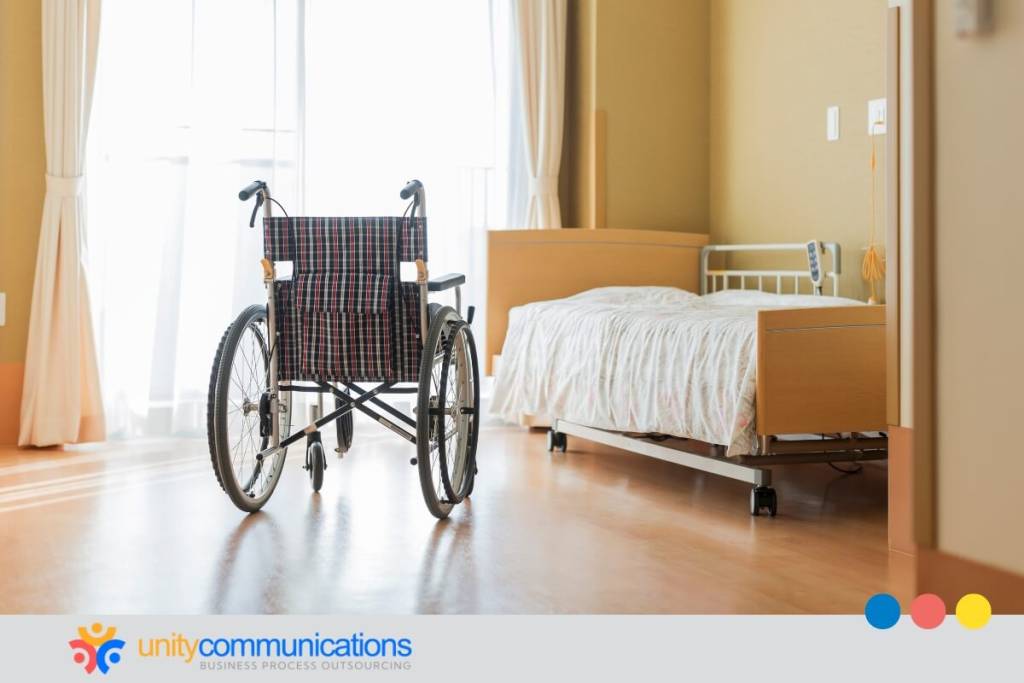A deepening staffing crisis is pushing nearly 90% of U.S. nursing homes below safe care standards, according to a new national report. With facilities increasingly unable to meet residents’ basic needs, healthcare leaders and policymakers are urgently seeking solutions—among them, global outsourcing.
Using federal data, the Long Term Care Community Coalition (LTCCC) reveals that in late 2024, the average U.S. nursing home provided only 3.73 nurse hours per resident daily, 25% below the expected 4.94 hours based on residents’ needs.
Iowa facilities mirror the national breakdown
Only 34 of 397 evaluated nursing homes in Iowa met or exceeded staffing expectations. Eleven facilities fell dangerously short, including Adel Acres (47.5% below required levels) and Aspire of Pleasant Valley (45.3% below). Seven of these homes were cited for inadequate staffing in recent years, proof of a persistent and systemic issue that cuts across rural and urban areas.
LTCCC Executive Director Richard Mollot noted that these standards are “based not on arbitrary benchmarks, but on the facility’s own assessment of its residents’ needs.” They give residents, families, and officials a straightforward way to see if a nursing home has enough staff to provide safe, proper care.
Compounding the problem, Congress is considering proposals to delay enforcement of new federal staffing minimums until 2035. Advocates warn this move could prolong dangerous conditions in nursing homes nationwide.
Outsourcing as a lifeline for care facilities
Healthcare administrators turn to outsourcing as a strategic solution as workforce shortages worsen. Offshore staffing, particularly in countries such as the Philippines and Colombia, offers an immediate pipeline of qualified nurses and support staff.
Global healthcare outsourcing providers now supply virtual nurses, telehealth assistants, medical coders, and patient coordinators to overburdened U.S. facilities. These remote professionals support chronic condition management, post-discharge follow-ups, insurance verification, and more, allowing in-house staff to focus on direct patient care.
“Outsourcing helps us fill critical gaps quickly without sacrificing care quality,” a healthcare administrator in Iowa said. With medical billing, scheduling, and even triage services now being handled offshore, facilities can reduce operational strain and improve patient outcomes.
As the healthcare industry faces mounting pressure from staffing shortages, integrating offshore talent and digital support systems is no longer optional—it’s essential. With 90% of nursing homes under-resourced and aging populations increasing demand, strategic outsourcing and policy reform can stabilize the sector and secure senior care in the future.
Read more Unity Communications and industry news on our main BPO News page.
SuperStaff. (2025, March 28). Healthcare Worker Shortage 2025: Impact of Stricter Immigration Policies and How Outsourcing Can Fill the Gaps. Retrieved May 21, 2025, from https://www.superstaff.com/blog/healthcare-worker-shortage-2025/
Briones, J. A. (2025, May 20). 90% of U.S. nursing homes understaffed, Iowa among hardest hit. Outsource Accelerator. Retrieved from https://news.outsourceaccelerator.com/90-u-s-nursing-homes-understaffed/







